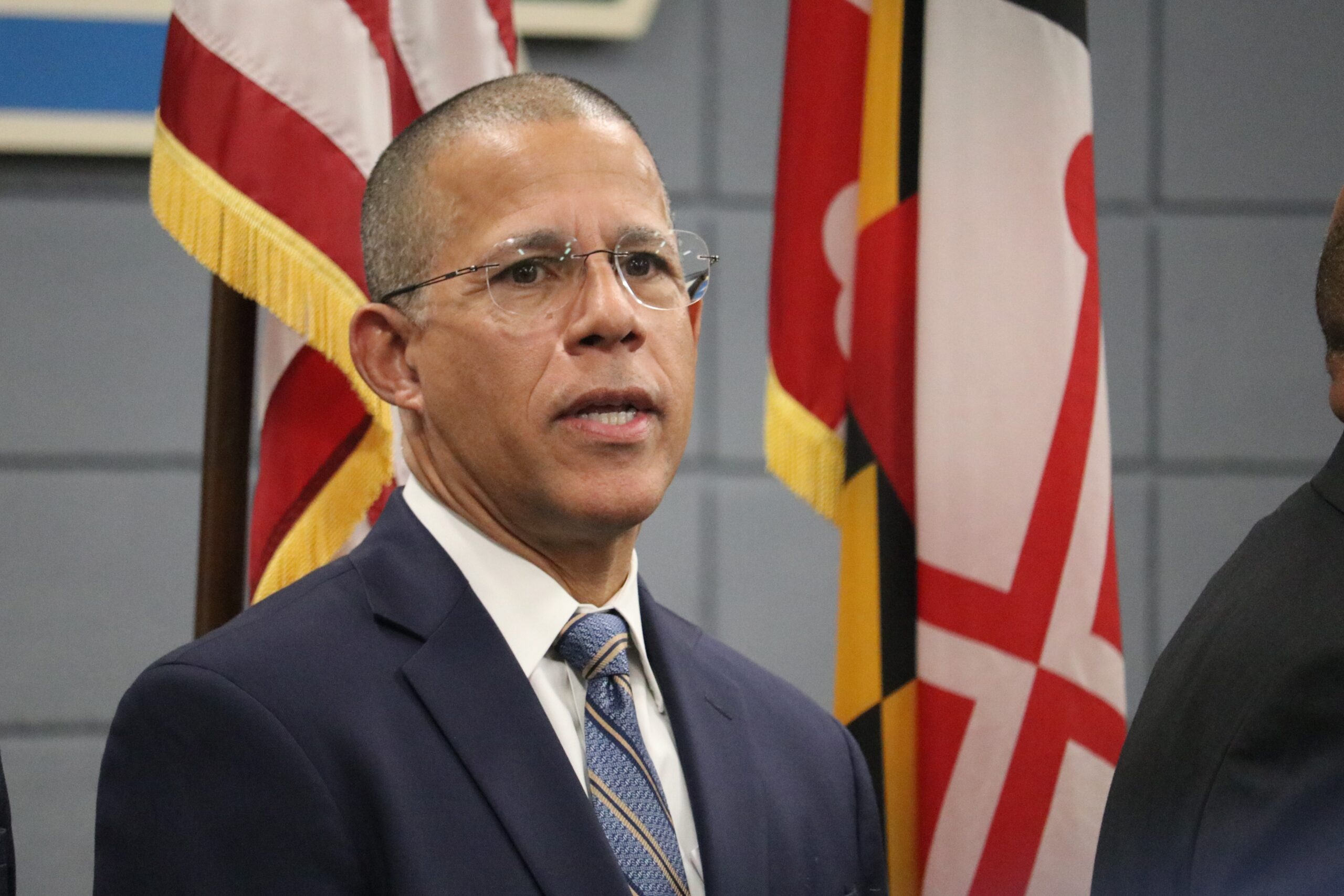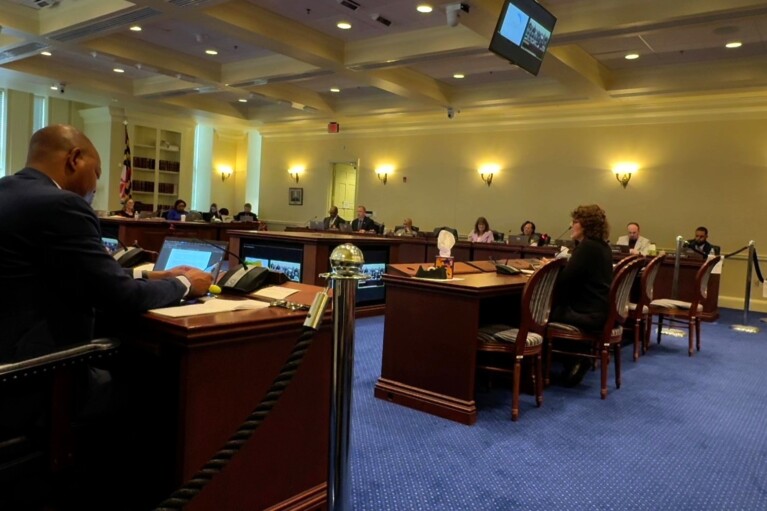Guest Commentary: A Game-Changer for Prince George’s County
For decades, Prince George’s County leaders have made great strides making the county more attractive to businesses and residents — even as Northern Virginia, Montgomery County, and the District of Columbia have experienced greater rates of economic growth and investment. The county also has long been overlooked, for inexplicable reasons, in terms of federal facilities and tenancies throughout the National Capital Region.
Prince George’s County is home to a quarter of the region’s federal workforce — more than 75,000 workers — yet only has 4 percent of federal leased space, with half of that space being warehouses and storage facilities. This is a conversation about community equity and how the disproportionate allocation of federal resources stymies opportunity for hundreds of thousands of families.
One must look no further than the morning commute. Prince George’s County residents leave their homes for work the earliest, spend the most time commuting, and have the highest percentage of drivers reporting their commute to work exceeding one hour. Visit Metro Stations like Branch Avenue or New Carrollton, and you observe packed rail cars heading to Virginia or the District, and empty cars heading to the county every morning.

Rep. Anthony Brown
Due to its reliance on residential taxes and the lack of commercial base, Prince George’s County continues to grapple with the lingering effects of the Great Recession that crashed the housing market and led to a high foreclosure rate. The federal government has a critical role to play to increase opportunity in this diverse jurisdiction.
County leaders have made job creation and economic opportunity a priority, and their efforts are starting to bear fruit, including a $1.2 billion MGM Resort Casino and $100 million Tanger Outlet Center at National Harbor, $650 million in economic development projects near the University of Maryland and along Route 1, and a world-class Regional Medical Center breaking ground next month. Prince George’s new Economic Development Incentive Fund has leveraged $23 million in local funds into $750 million in private investment, growing or retaining 9,000 jobs.
With strong congressional support, the federal government has also made progress addressing its disproportionately smaller presence in Prince George’s County – investing in NASA Goddard Space Flight Center, building a consolidated state-of-the-art headquarters for the Census Bureau, and opening NOAA’s cutting-edge Satellite Operations Facility and weather prediction center at the Suitland Federal Center. Nevertheless, the Trump administration’s hapless decision to abruptly end the process of building a new consolidated FBI headquarters, ripped away a historical opportunity to transform Prince George’s County. While Congress pushes the FBI and General Services Administration to present a plan on how to restart this process expeditiously, many county residents are asking if there is another “game changer” on the horizon.
Thankfully there is: the development of a new, modern headquarters facility for the U.S. Citizenship and Immigration Services (USCIS) in Camp Springs and the 3,700 well-paying jobs it will bring.
As the member of Congress representing the Fourth District, I have strongly urged both GSA and USCIS to move forward with the consolidation project, after a lengthy and thorough procurement process. USCIS will be an economic catalyst for the surrounding community by providing critical daytime foot traffic and business activity. This will likely lead to additional companies choosing to locate to the area, and will attract both retail and entertainment. Montgomery County, Virginia and the District have greatly benefited from similar public-private developments, and Prince George’s County is due for the same.
On Aug. 31, GSA finally signed a 15-year lease and success is now imminent with the continued support of the county executive and County Council. The USCIS headquarters project is South Prince George’s County’s best opportunity to spur transformative development after years of stagnation and unfulfilled promises. USCIS will anchor a new walkable community at One Town Center in Camp Springs with conveniently located amenities and the proximity to transit and economic opportunities that today’s employers and workers desire.
But without the zoning and incentives from the county executive and Council, this project could fail to get off the ground despite GSA making a 15-year $257 million commitment. Such a failure with a project as important as USCIS will renew GSA’s long-held skepticism about the county, endanger ongoing transit-oriented development plans that depend on federal tenants, disappoint residents and local entrepreneurs yet again, and likely dampen any opportunity to ever attract the FBI.
With the GSA seeking to consolidate more than 60 million square feet of leases in the region, I strongly believe that Prince George’s County remains well-positioned to receive top consideration from agencies seeking space close to Metro stations, especially if the county focuses on creating the kind of walkable communities where today’s employees want to work and live. The delay of the FBI headquarters is a disappointment, but USCIS is a potential major economic development win, and can be the first of high-profile success that puts Prince George’s on the map.
–ANTHONY BROWN
U.S. Rep. Anthony Brown, a Democrat, represents the 4th congressional District in Prince George’s and Anne Arundel counties.




 Creative Commons Attribution
Creative Commons Attribution